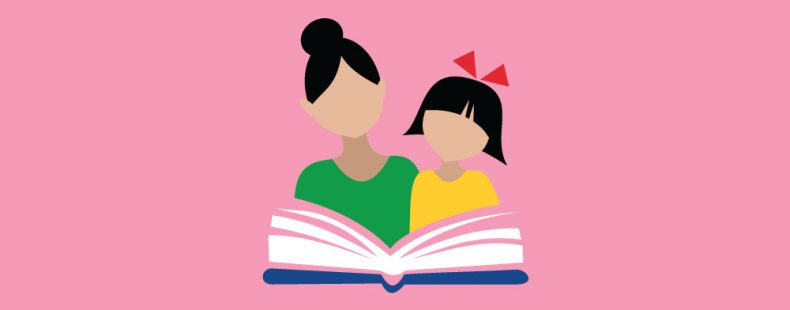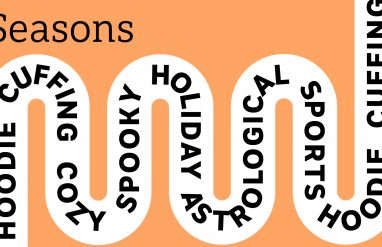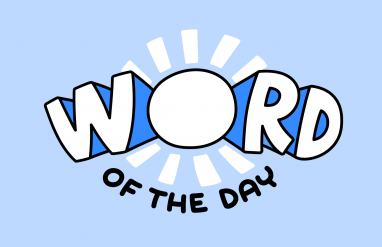As an English/Language Arts and Reading teacher and blogger for almost two decades, the word gap is a fretful phrase that I hear all too often in education. But the real question is … does it really exist?
What is the word gap?
This idea came from a study done in the 1990s by two psychologists, Betty Hart and Todd Risley, where language data was collected on 42 families of low, middle, and upper-socioeconomic levels. The study arguably showed that there was a 30 million word gap between upper- and lower-class families. According to the study, this meant upper-class families spent more time speaking and reading to their children than lower-class families.
There have been other similar studies that have taken place since then that show the word gap not to be as much as 30 million words. However, there is also a more recent study which was shared in the journal Child Development that failed to replicate what Hart and Risley determined. This investigation found that there was not a correlation between socioeconomic level and the amount of words a child hears.
What is the problem with the word gap?
There are real differences in outcomes between students of higher SES and lower SES, the latter of which is very often connected to race. The challenge, though, is that a phrase like word gap—and the language of achievement gap more generally—is that, to many, it implies that poorer students of color have a deficit of ability and potential compared to their white or more well-to-do peers. Gap language overlooks the fact that many of the differences in academic success are due to systemic racism, inequality, and a lack of opportunity.
How should we think about the word gap now?
It’s important to take into consideration both sides of this argument, but it’s more important to address the issue at hand. As educators, we have to keep in mind that there is quite a bit of competition when it comes to a child choosing between reading, and for example, watching Youtube. In the 21st century, kids are used to having instant gratification due to all of the electronics and technology that they have access to. If they aren’t getting this rather quickly when they start reading, they tend to put the book down and move on. This is where teachers come in to play.
Research shows that reading aloud with kids helps to expand their vocabulary (Reading Rockets). In my own experience as a teacher and a mother, I have consistently seen students use words that they have heard me read to them when reading together in class. It’s necessary to recognize that students bring in different levels of knowledge that we must build on so that all students benefit from literacy and reading in general. Oral reading can help children to hear the context in which the words were said and therefore allow them to reiterate this in their own conversations.
Tips and activities to inspire kids to read more
If we want our students to read more, we have to find books that not only are on our students’ reading level, but also are of interest to them. Although it can be tough for teachers, particularly at the secondary level when you may have well over 100 kids, it’s imperative that we get to know our students. Are they involved in any extracurricular activities? Do they play sports? What kind of music do they like? Having a strong understanding of their likes and dislikes will be a great way to assist students in finding books that they will actually want to read.
One way I get to know my students is by having them complete a student survey during the first week of school. The survey not only asks questions about their likes/dislikes and what subjects they do well in, but it also asks about their extracurricular activities and how much time they spend doing these activities. I also include questions asking if they have internet access at home, as well as how comfortable they are sending emails, attaching documents in emails, etc. This gives me a broader picture of the student, in general.
As teachers, we have to market reading in a way that will make students want to do it. One way this has been done in my classroom is to have a weekly contest. Students who finish a book and pass an AR (Accelerated Reader) test, add the book to their reading list. The student who reads the most from each class will be announced on the school’s newscast. For those that don’t have a school reading assessment program, students can still keep track of the books they read on a reading log. To show their understanding of the material, have students pick a couple activities off of a choice board to complete.
Which brings us to a couple other reading comprehension activities that are engaging for students:
- Choice boards: Giving students options is always a plus in their opinions. That gives them some control, and we all know they love being in charge! Here’s an example of one that I have used in my classroom.
- Literature circles: These are interactive and include a variety of important reading standards. It makes reading more “social.” Here’s how I run them in my classroom.
- Escape rooms: Have students complete an escape room based on a few of the main areas addressed in the book they read. I make digital escape rooms because they’re free and take less prep. A digital escape can literally be created in no time at all. See how here.
- Let students be the teacher: Allow them to teach a lesson on what they have learned in their reading. Edpuzzle is a great tool that allows students to create lessons that incorporate videos, questions, and even their own voice.
I surveyed a variety of students and asked what makes them want to read. Here are some of their responses:
- Don’t pressure me to read. Let me enjoy doing it without constantly feeling like I HAVE to.
- I like to find books that aren’t about anything stressful. This is why I like fantasy books because they aren’t real. They take you to another place.
- I like to read books that relate to what I want to do in life.
It’s interesting to get students’ opinions on this topic. It was pretty impressive to see what their thoughts were. I used their feedback to work with our school librarian on finding books based on the interests they shared. A lot of my students are currently into dystopian literature, so I try to have a variety of this genre in our classroom library. Some of their current favorites are Among the Hidden series by Margaret Peterson Haddix, as well as the Divergent series by Veronica Roth.
Fantasy is another popular genre, so I try to have access to the Legend series by Marie Lu and the Percy Jackson series by Rick Riordan. Five Feet Apart by Rachel Lippincott, On the Come Up by Angie Thomas, and The Sun is also a Star by Nicola Yoon are additional young adult novels that were student favorites this year. Of course, my personal favorites that happen to be historical fiction are Number the Stars by Lois Lowry and Refugee by Alan Gratz.
Whether you agree or disagree with the word gap, our focus has to be on what’s best for our students: reading in general, word gap or not.
As educators, we must attempt to meet students where they are. Get to know them, and then determine what the next steps should be. Depending on the age/grade level of students, we have to promote reading in a way that will capture their interests and hopefully turn reading into something they want to do, rather than something they feel like they have to do.
Lyndsey Gresehover is a middle school ELA teacher and blogger at Lit with Lyns. Her Instagram account is @litwithlyns.













